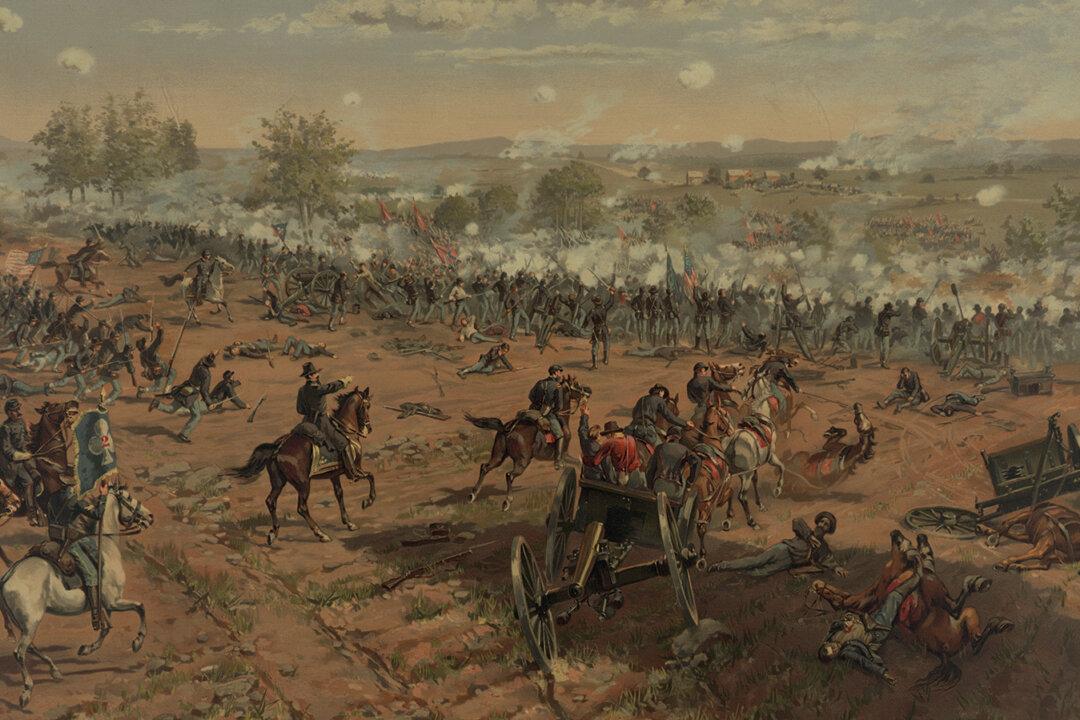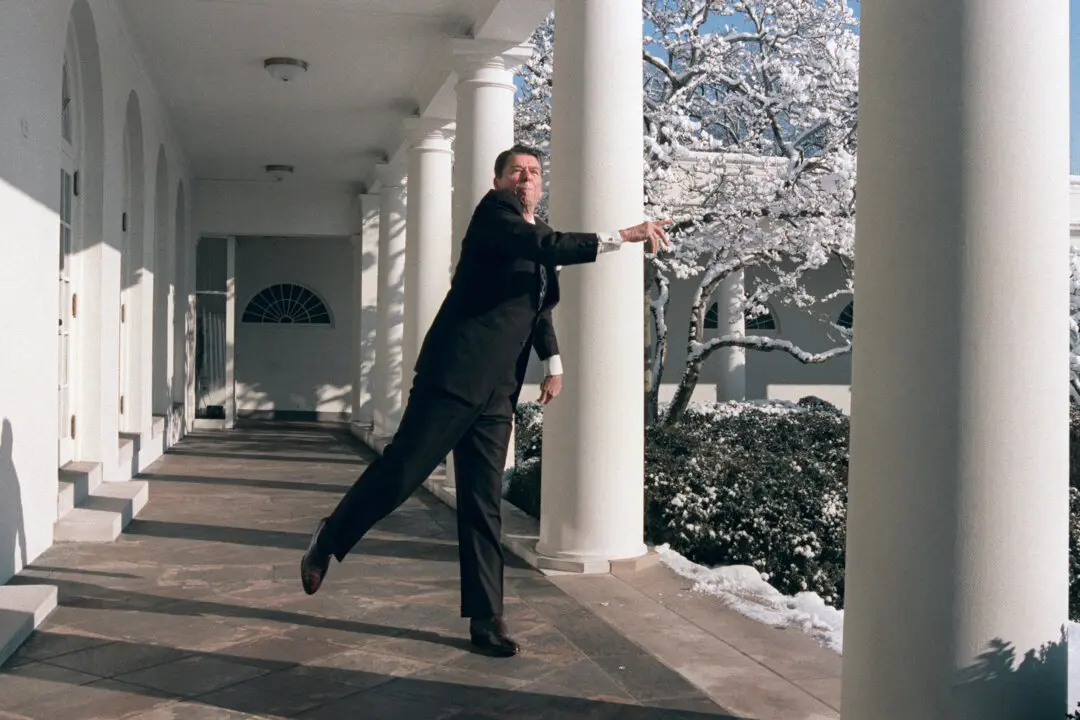After nightfall ended the vicious fighting on July 2, 1863, Union soldier John Day Smith reported: “There was not much sleep that night. The cries of the wounded men, lying between the lines, suffering with pain and burning with fever were most pitiful.” Smith left his position, carried water for a “poor fellow calling for help,” and found a 17-year-old Confederate soldier shot through one lung. The dying boy told Smith that he was the only child of a widowed mother and had run away from home to join the army. Smith knelt by this young soldier, praying for him and trying to offer comfort. At dawn, he returned and found the boy lying as he had left him, “his eyes glazed in death, looking up into the morning sky, yet not seeing nor caring.”
Smith then wrote: “The poor mother waiting at the lonely hearthstone never knew what had become of her only child … Other mothers, heartbroken, all over the country, waited in vain for the coming of the boy who never returned. Such is war.”






